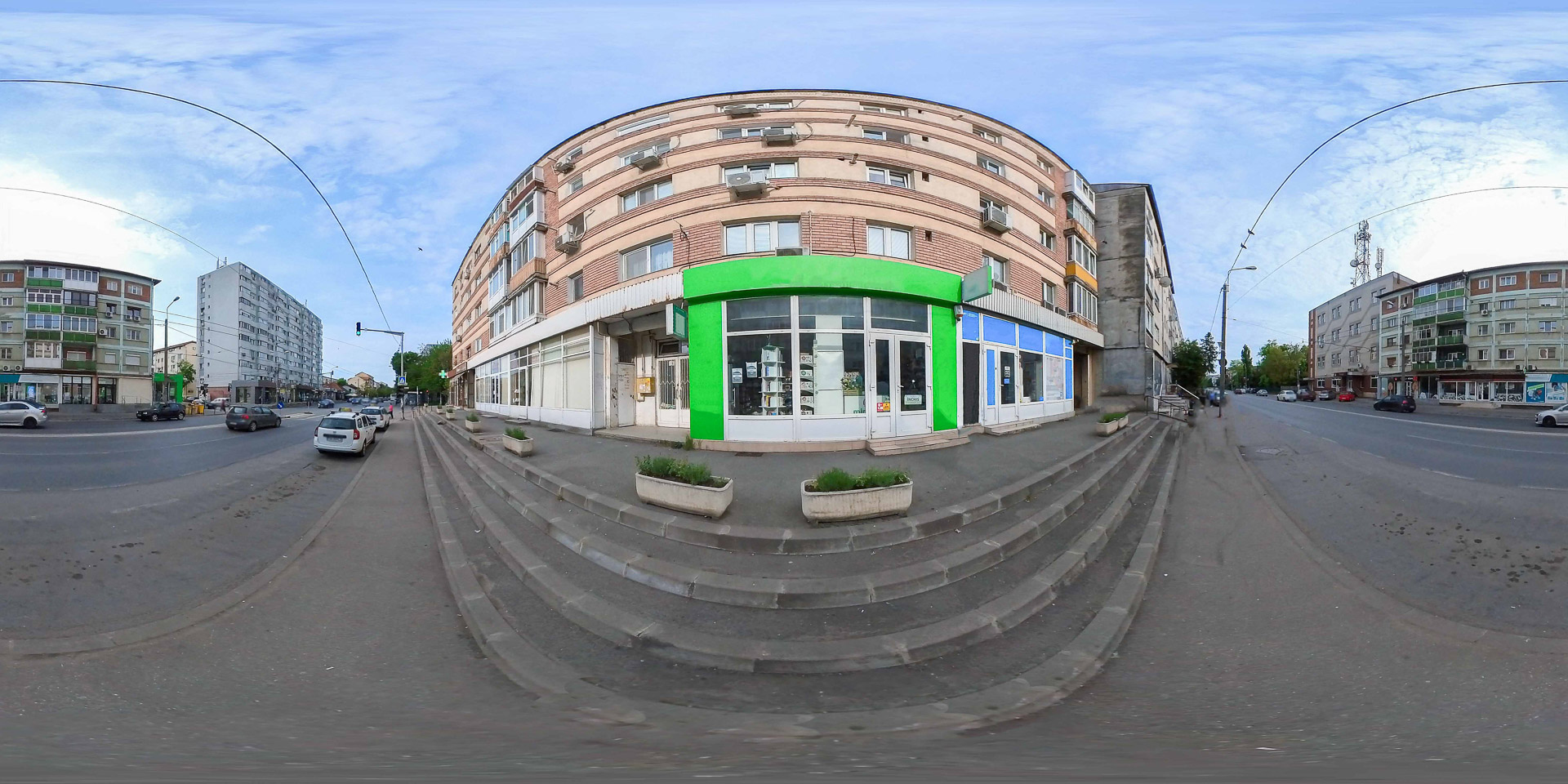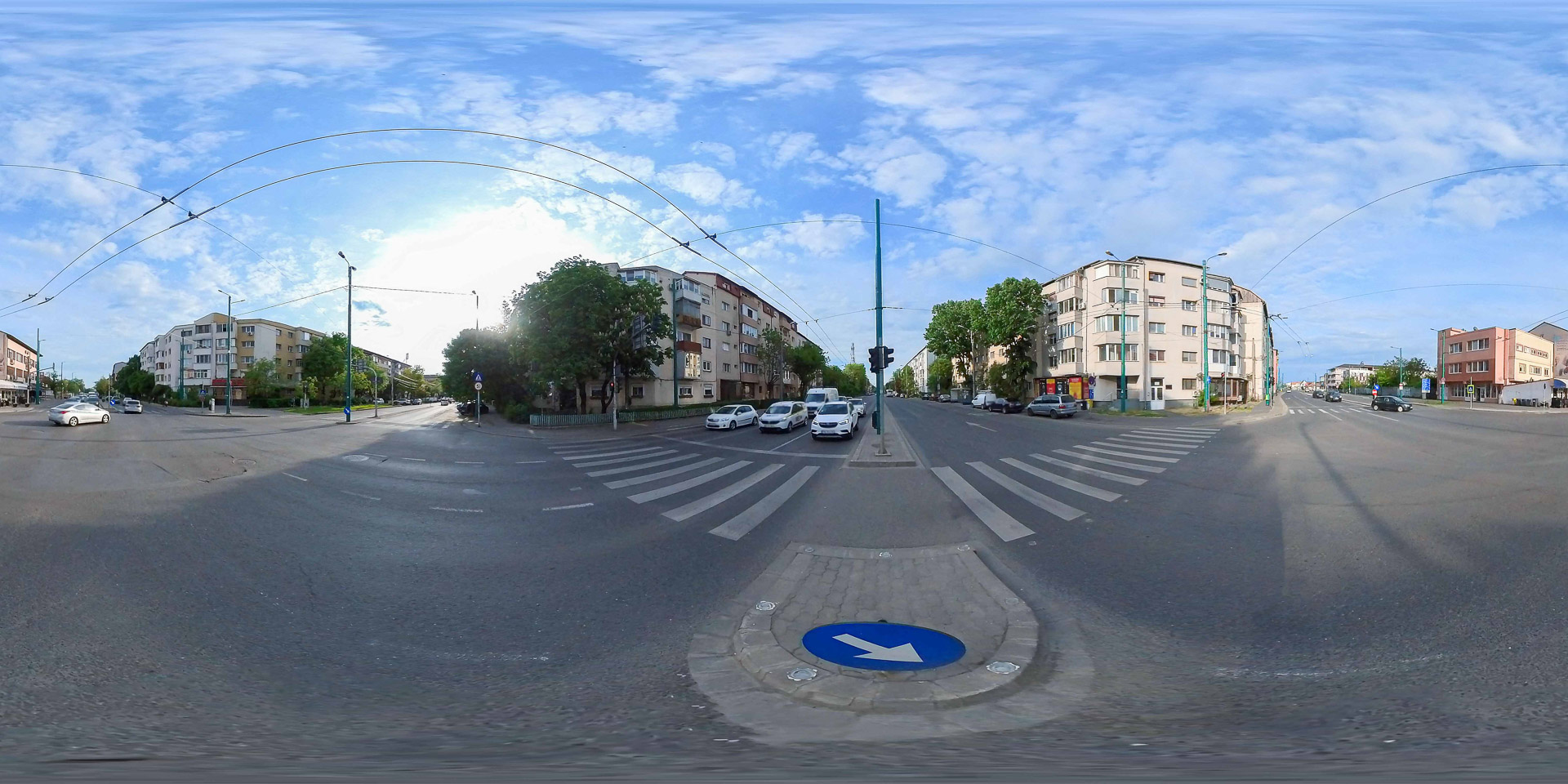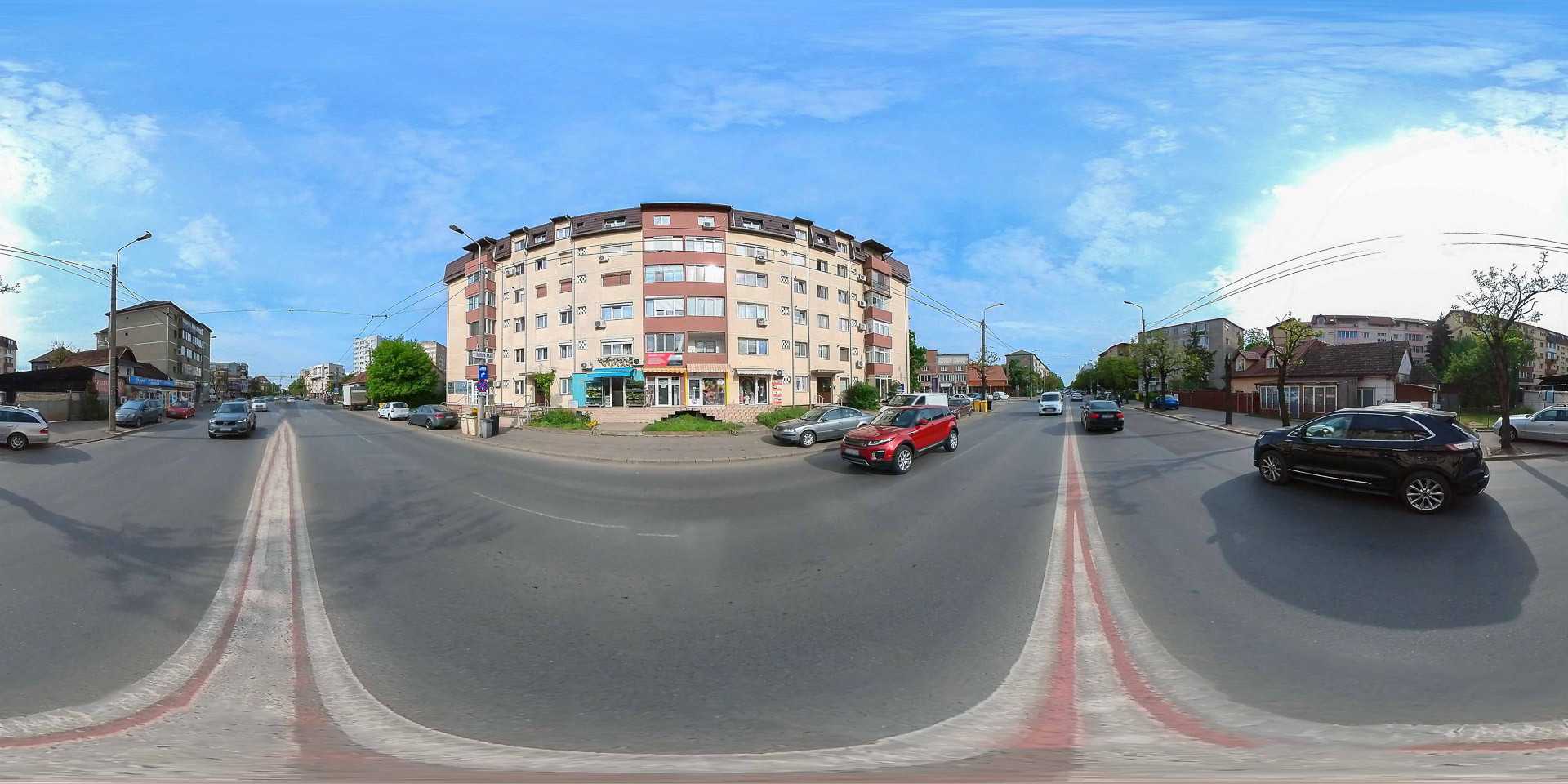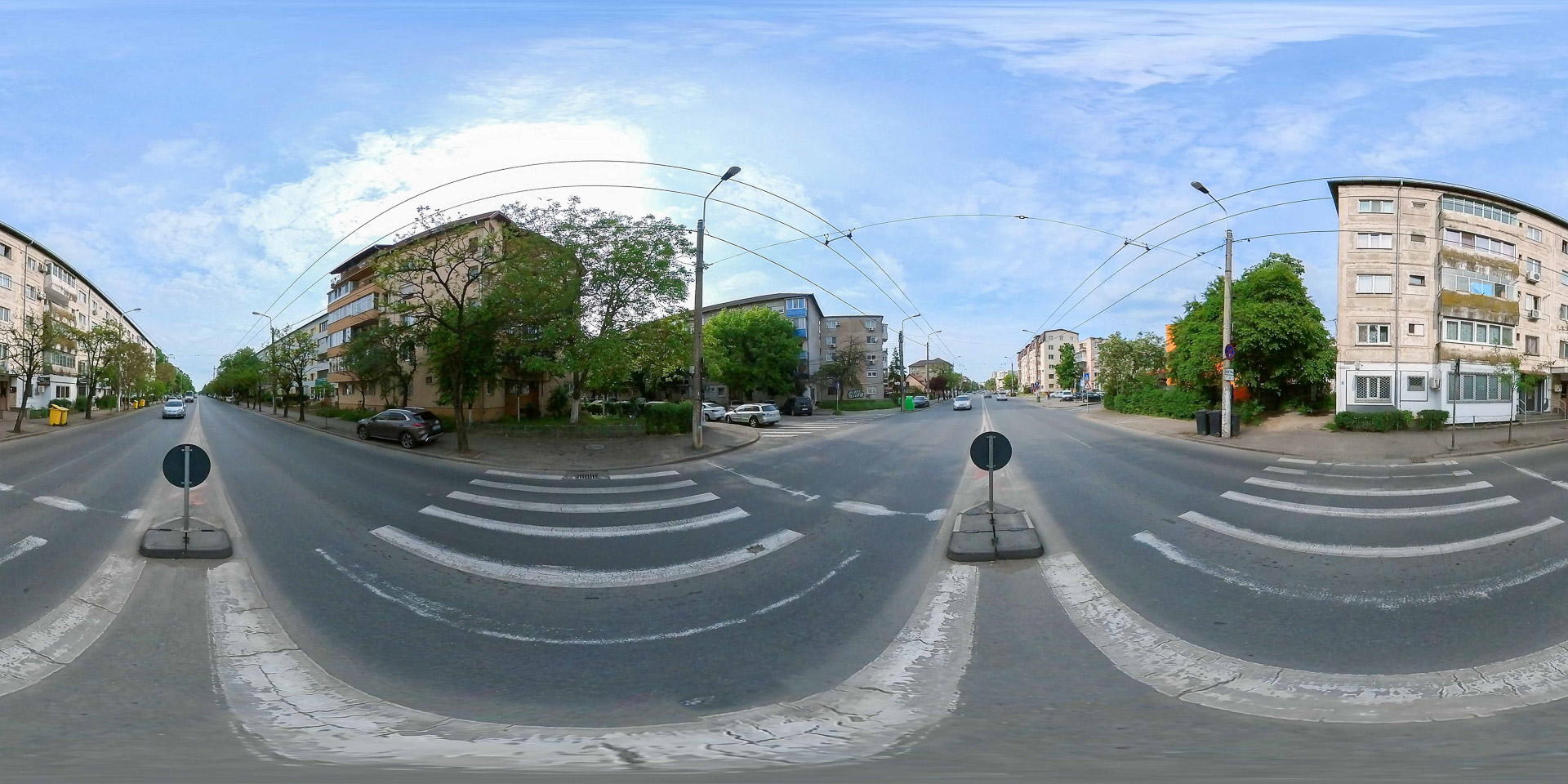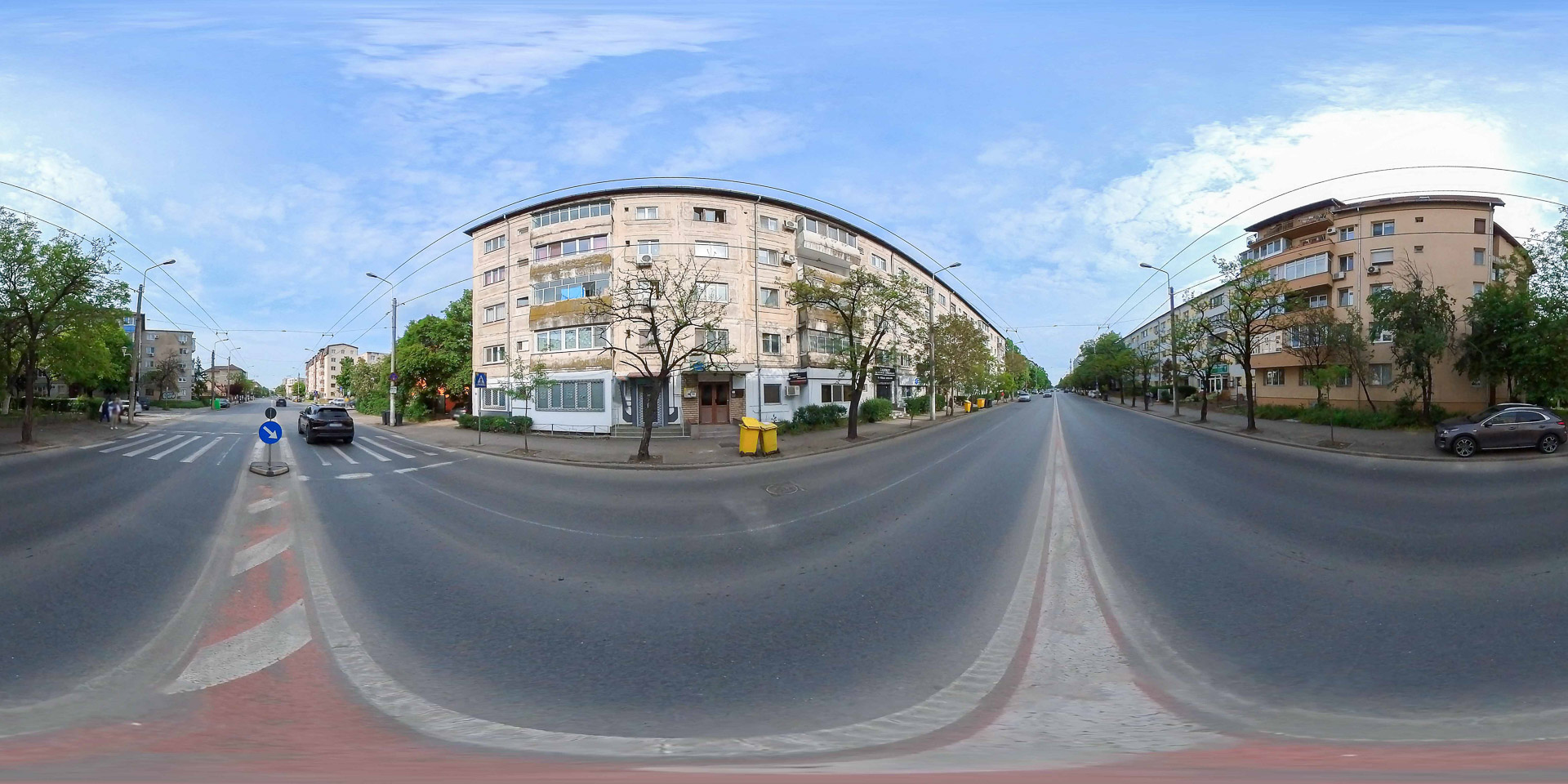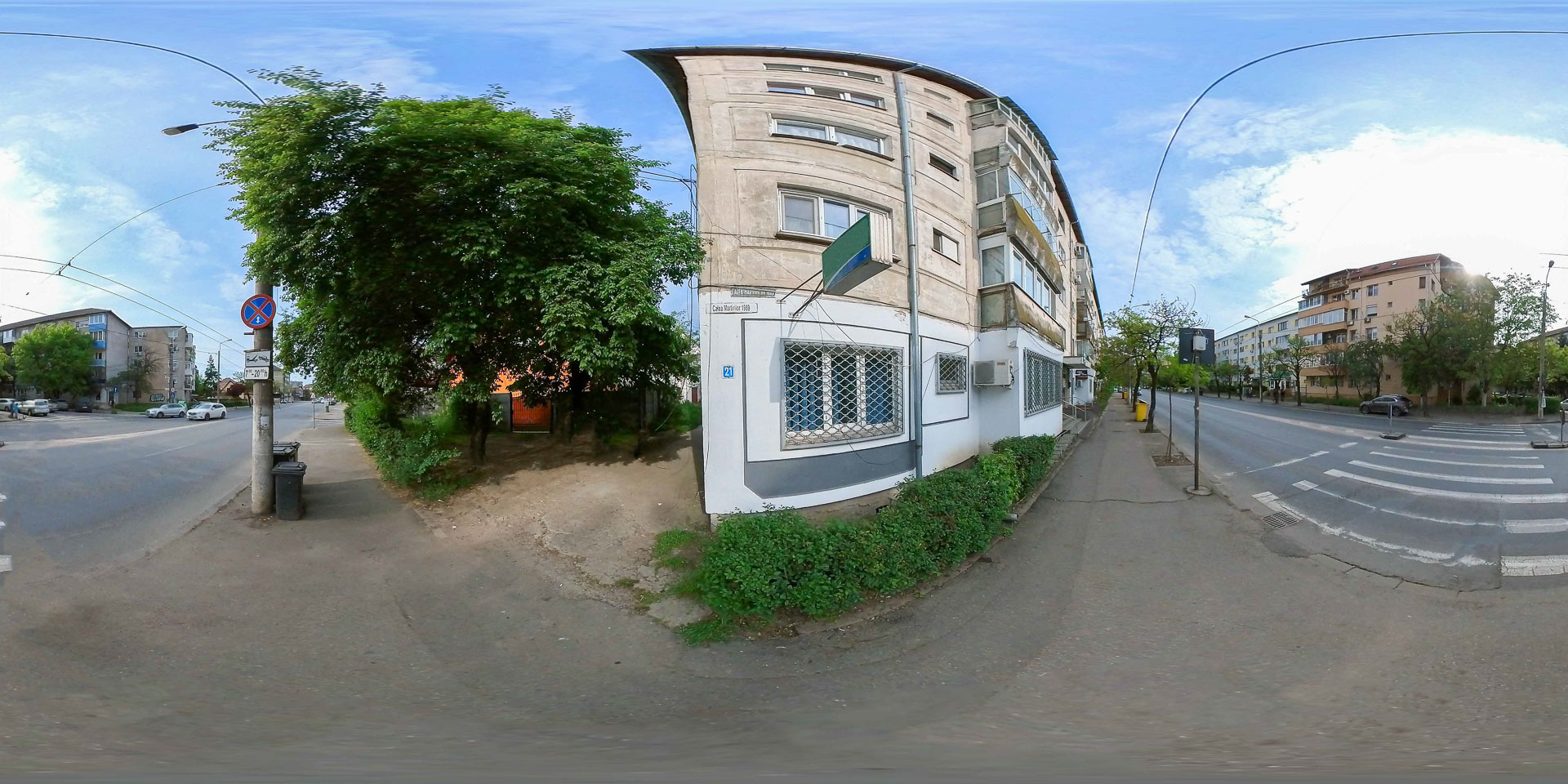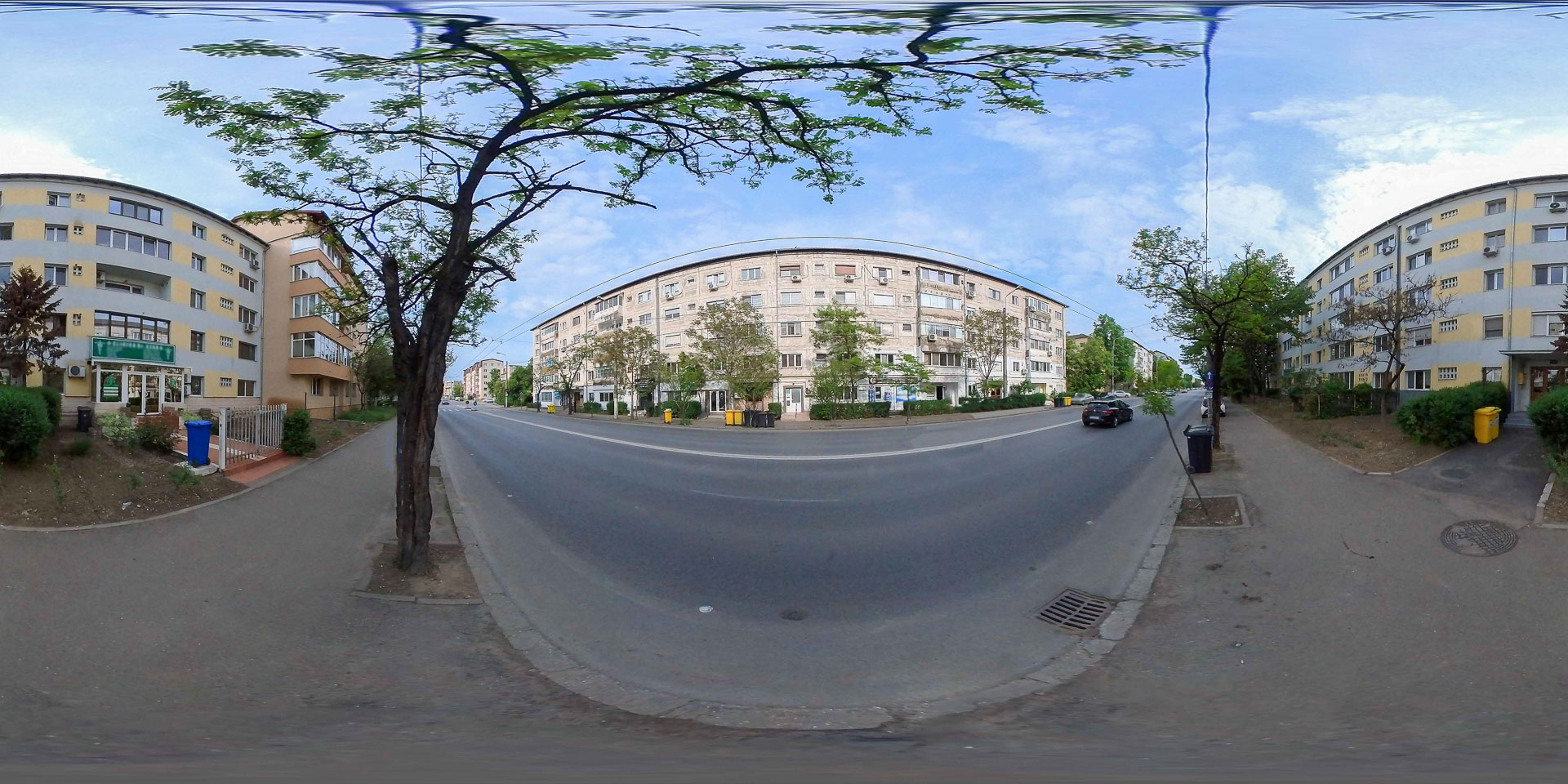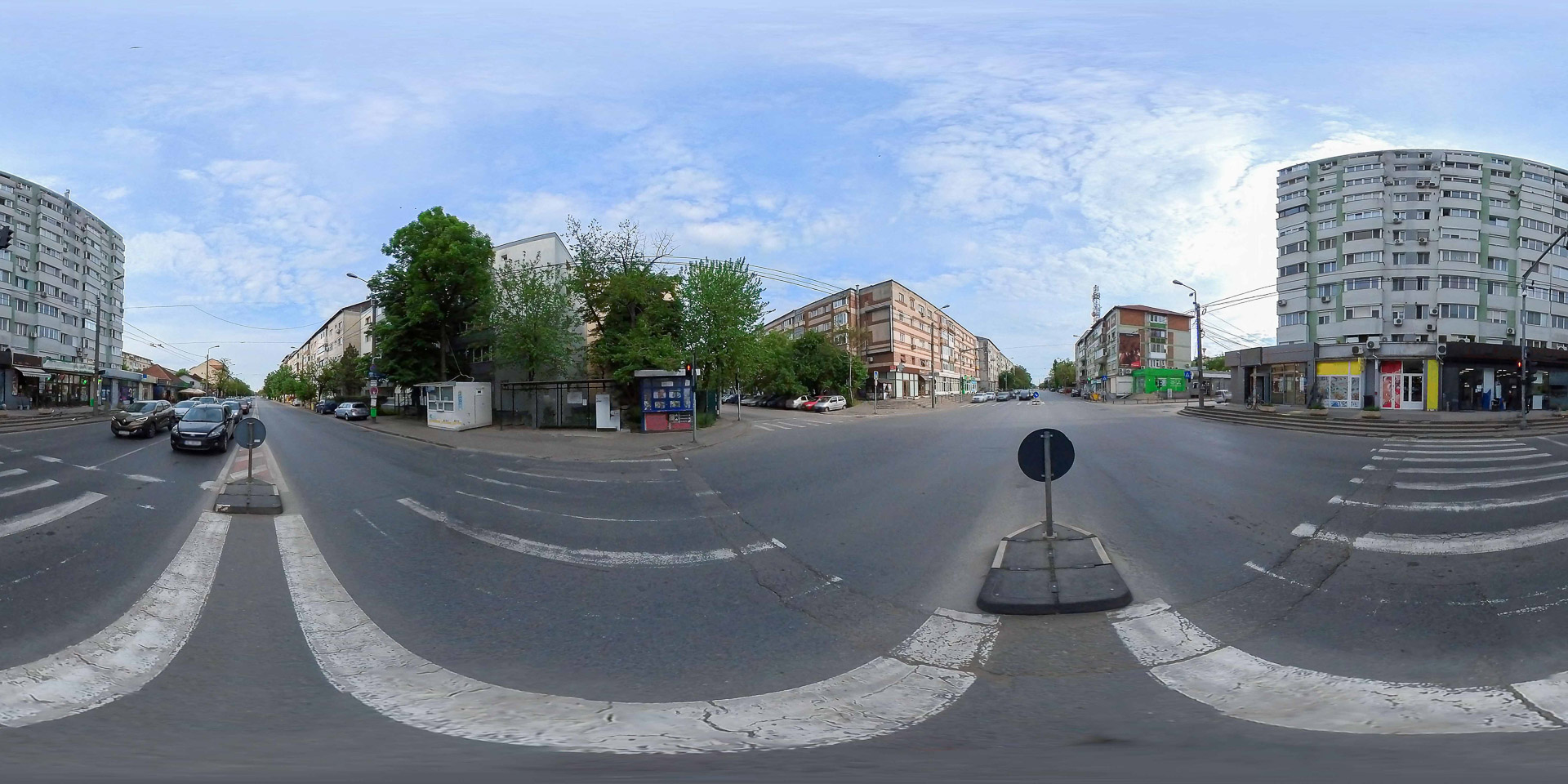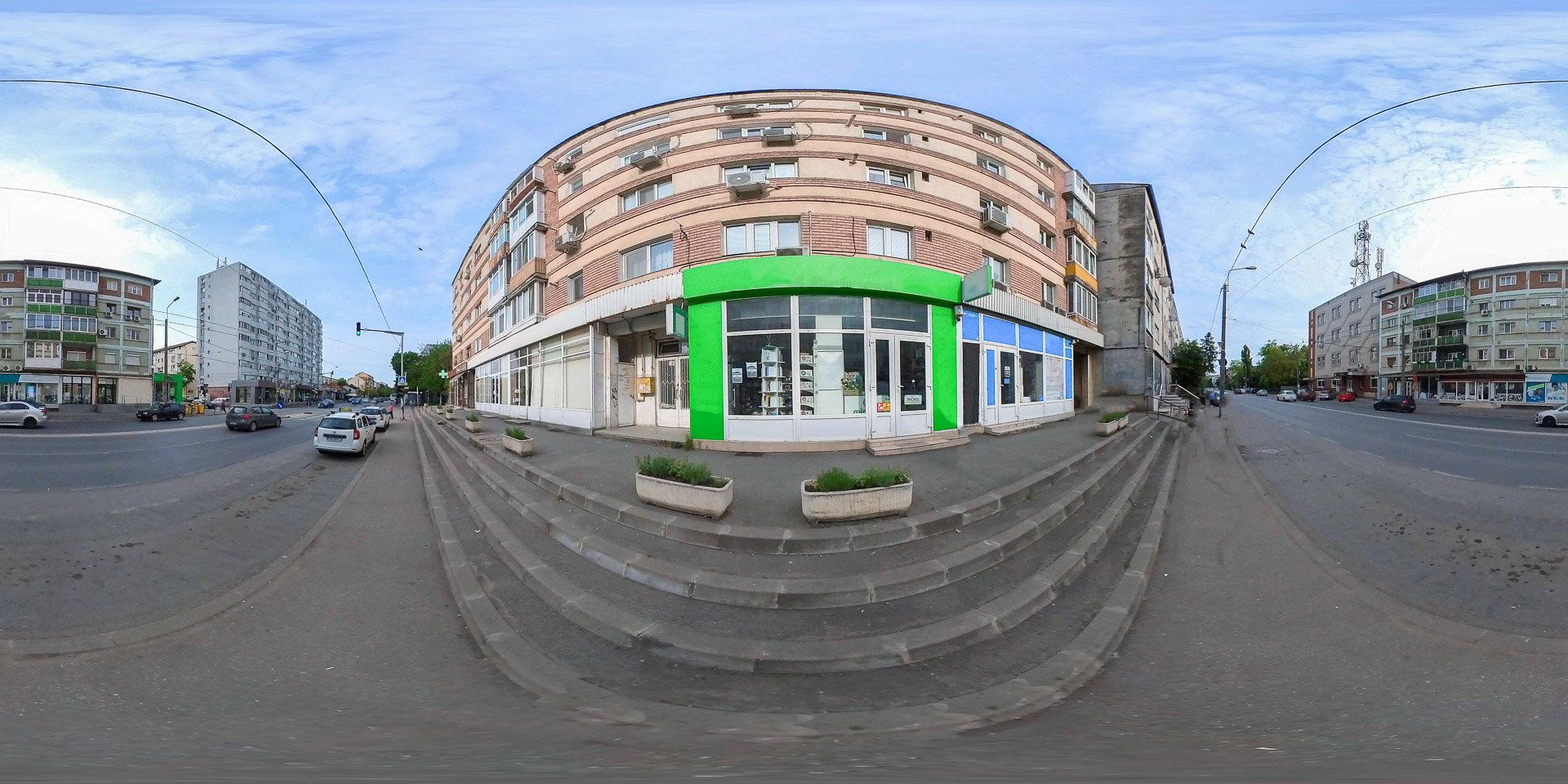Calea Martirilor Street and the Revolution of 1989
Calea Martirilor in Timișoara represents an important place in the collective memory of the Revolution of December 1989.
Listen to the audio version.
"Communism was born on the Neva and died on the Bega." Timișoara is the first city free from communism in Romania, and Calea Martirilor in Timișoara represents an important place in the collective memory of the Revolution of December 1989.
On December 17 and 18, 1989, bloody confrontations took place in Calea Girocului (today Calea Martirilor), when the Army and the Security forces implemented the "Radu Cel Frumos" order, opening fire against demonstrators in several areas of Timișoara: Metropolitan Orthodox Cathedral, Libertăţii Square, 700 Square, Decebal Bridge, Calea Girocului, Calea Lipovei, Calea Aradului.
Thousands of people participated in the protest in the afternoon of December 17 on Calea Girocului. Five tanks of the U.M. 01115 Timişoara were stopped at the intersection of Calea Girocului and Lidia Street, as they had to reach the central area of the city to disperse the demonstrators. These moments of the Revolution of December 1989 were perceived as a war by the demonstrators in Calea Girocului, today Calea Martirilor.
Calea Martirilor Street and the Revolution of 1989
Listen to the audio version.
Memories from the Revolution
Constantin Duma, AGERPRES photojournalist
The pressure of the events of December 20 found me moving between the building of the County Party, where Constantin Dascălescu, the prime minister of the Socialist Republic of Romania, the envoy of Nicolae Ceausescu, was in discussion with the group of revolutionaries, and the popular assembly in Piața Operei that had hour several tens of thousands of people leave factories and plants, from home. Coming from Opera Square, vis-à-vis the Post Office, I met a group of young people marching in the lead with the unfurled Tricolor. The meeting with them brought to my mind a first thought: Lord, let them not shoot at these people as they shot at anyone on Sunday evening, without discernment.
I still had in mind the figures of the people in front of the Cathedral on whom war bullets were fired. Innocent people. The first state was not being able to stop the tears that flowed down my cheek, crying among people; it was as if I was seeing the same faces as on Sunday night. I had a concern that marked me since December 17. I broke up with my brother on Sunday evening before he shot people in front of the Cathedral. He left with a group and did not return home on Sunday night, nor Monday, nor Tuesday. I had been looking for him on Monday and Tuesday at the factory and at the county hospital, from where only very sad stories came. I couldn't find anything about him. His image was superimposed over the figures of the people of his age in the group and it made me cry from the fear of what could happen again but also from the joy that my brother could be any of the people on the street and have escaped safely. A good few hours passed until, out of the crowd, I saw him in the balcony of the Opera House speaking on behalf of the workers of Electrotimis. Only then did my tears dry from December 20, 1989. I took this photo with bitter tears in my eyes. One of the young people asked me: are you crying for joy? I answered: I don't know. I didn't even know.
